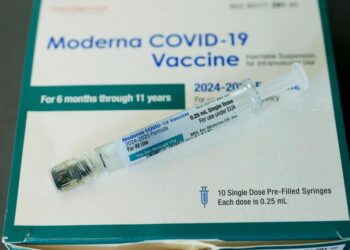Aaron Bolton, MTPR | KFF Health News (TNS)
HELENA, Montana — Sophia Ferst remembers her reaction to learning that the Supreme Court had overturned Roe v. Wade: She needed to get sterilized.
Within a week, she asked her provider about getting the procedure done.
Ferst, 28, said she has always known she doesn’t want kids. She also worries about getting pregnant as the result of a sexual assault then being unable to access abortion services. “That’s not a crazy concept anymore,” she said.
“I think kids are really fun. I even see kids in my therapy practice, but, however, I understand that children are a big commitment,” she said.
In Montana, where Ferst lives, lawmakers have passed several bills to restrict abortion access, which have been tied up in court. Forty-one states have bans or restrictions on abortion, according to the Guttmacher Institute, and anti-abortion groups have advocated for restricting contraception access in recent years.
After Roe was overturned in June 2022, doctors said a wave of young people like Ferst started asking for permanent birth control like tubal ligations, in which the fallopian tubes are removed, or vasectomies.
New research published this spring in JAMA Health Forum shows how big that wave of young people is nationally.
University of Pittsburgh researcher Jackie Ellison and her co-authors used TriNetX, a national medical record database, to look at how many 18- to 30-year-olds were getting sterilized before and after the ruling. They found sharp increases in both male and female sterilization. Tubal ligations doubled from June 2022 to September 2023, and vasectomies increased over three times during that same time, Ellison said. Even with that increase, women are still getting sterilized much more often than men. Vasectomies have leveled off at the new higher rate, while tubal ligations still appear to be increasing.
Tubal ligations among young people had been slowly rising for years, but the ruling in Dobbs…
Read the full article here







